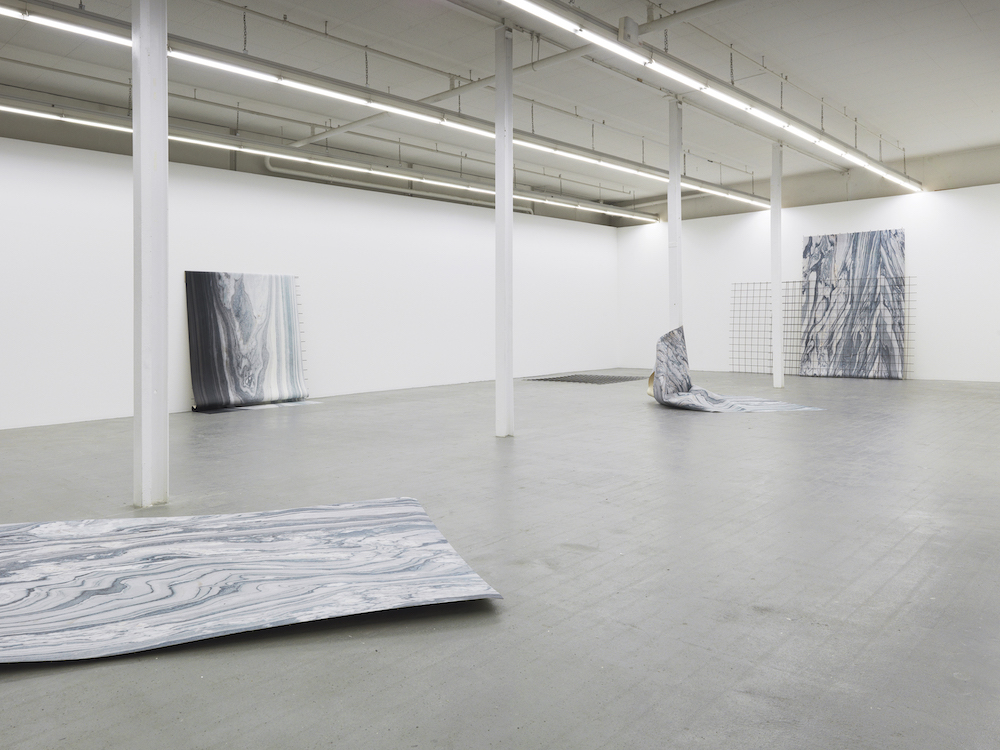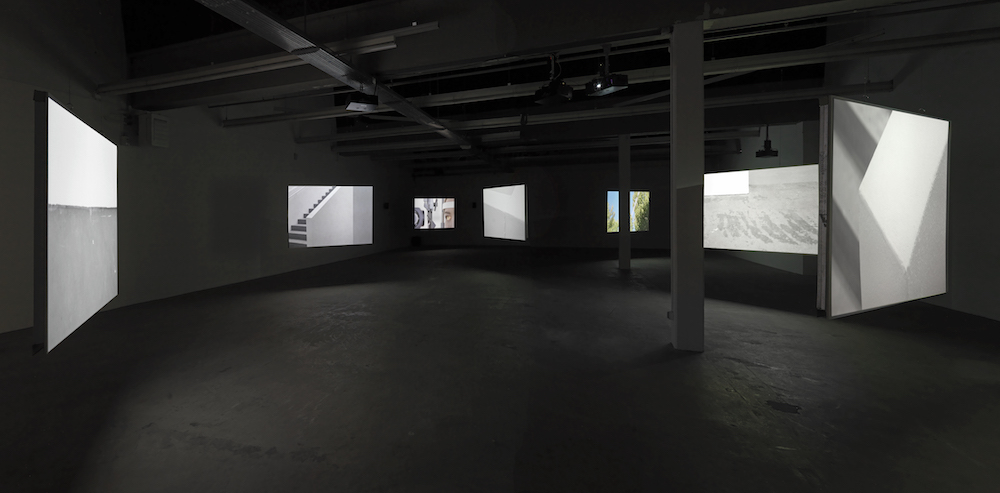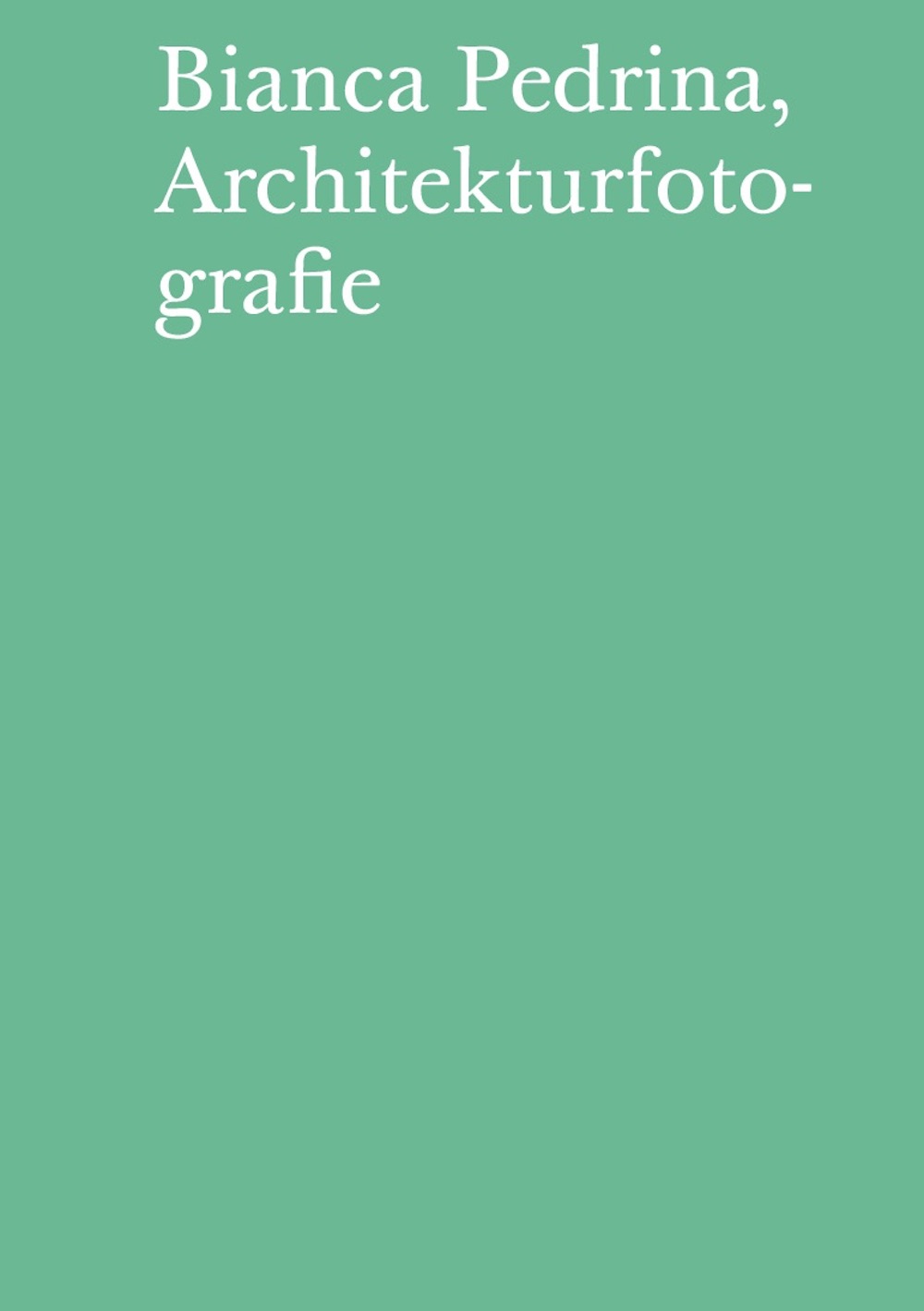Bianca Pedrina
20.1. —
19.3.2017



Selected press coverage
In her photographic work Bianca Pedrina consistently engages with the process of visual perception. She frequently traces back forms and ideas of architecture and its history. The question of the relationship between the viewer and their immediate surroundings is central to her work, as well as photography’s claim to truth in general. In her multifaceted work, in which she uses differing media such as photography, film, or sculpture and installation, Pedrina questions how a work can make the qualities of the medium of photography its subject, and with that medium the connection between image and reality. Following a recent exhibition of her work viewed by a wide audience at the Amerika-Haus (C/O Berlin), the exhibition at the Kunsthaus Baselland was Pedrina’s largest institutional solo exhibition to date.
Text by Ines Goldbach
Excerpt from the publication Bianca Pedrina
You know how it is: you are passing through streets, cities and places and suddenly you see — without, it seems, any particular prompt — something fantastically remarkable. Existing architecture is given a quirky extension by a user; built or arranged objects make strange liaisons in a public space and seem to furnish the place. If only you had a camera with you and could record this seen moment, which says so much about how we try to establish ourselves in places and how our social world functions.
Bianca Pedrina has her camera with her, and she presses the shutter at the right moment. When, that is, something becomes visible which is more than just a commentary on the existing architecture, on the light and shadows thrown within the urban construct. Her collection of photographs, often created on research trips through different cities and countries, or on wanderings through the cities where she currently spends most time, Basel and Vienna, reveals the perspective of an artist who moves through her surroundings attentively and, equally, with great openness.
By now Pedrina has been consistently engaging with her built environment through her camera for many years. Yet she does not carry out the kind of architectural photography which appears classical. She only rarely turns her attention to prestigious buildings. And if she does, then mostly to their details. In her pictures the artist shows a lived architecture. One which has been handled by those who spend time in it, one which has experienced temporality and one which itself came together over time. It is in her approach to seemingly unimportant, marginal details of these built visions and imaginings that Pedrina truly sounds out the urban. It was no accident that she gave one series the title Intime Architekturfotografie (Intimate Architectural Photography), a series in which she considered the smooth, but also brittle linear and sculptural forms of a section of moulding in a home. These pictures almost suggest that Pedrina, through the camera, not only laid her eyes on the architecture but put an ear to it too. As if she started to hear all the stories that her built partner told her.
Thus Bianca Pedrina’s photography has a great deal to do with respect. Respect in relation to what architecture is, once was, what it stood for and what has befallen it over the course of years and decades. It also, however, has a lot to do with the respect that the artist brings to her encounter with her counterpart — with us. With her photography she tells no stories, nor does she glorify or criticise. Instead she draws our gaze to what lies at the periphery, almost hidden and yet visible to the person moving through the present with gaze attuned. Bianca Pedrina’s photographs can be in different forms. Sometimes they stand as objects in a space, a supporting structure providing their backbone, or caressing the walls and columns, sometimes they become filmic sequences or are presented intimately in a kind of darkroom and in a familiar format. In their complexity, both formal and conceptual, they then show something more: the possibilities photography can offer today — of illustrating a journey rather than merely picturing, of showing how reality can be seen and understood, how we can deal with the world around us as it takes form in architecture, language and codes, and objects and images, amongst other things. But Pedrina’s photography also shows us how we can train and sharpen our observation of our social environment — not least in order to play a part in the design of tomorrow.
Text by Ines Goldbach
The exhibition and catalogue were generously supported by Fachausschuss Audiovision/Multimedia Basel-Stadt und kulturelles.bl, Werkraum Warteck, Optometrie Zentrum as well as the partners of the Kunsthaus Baselland.
During Bianca Pedrina’s exhibition a solo exhibition by Doris Lasch was also on display.
